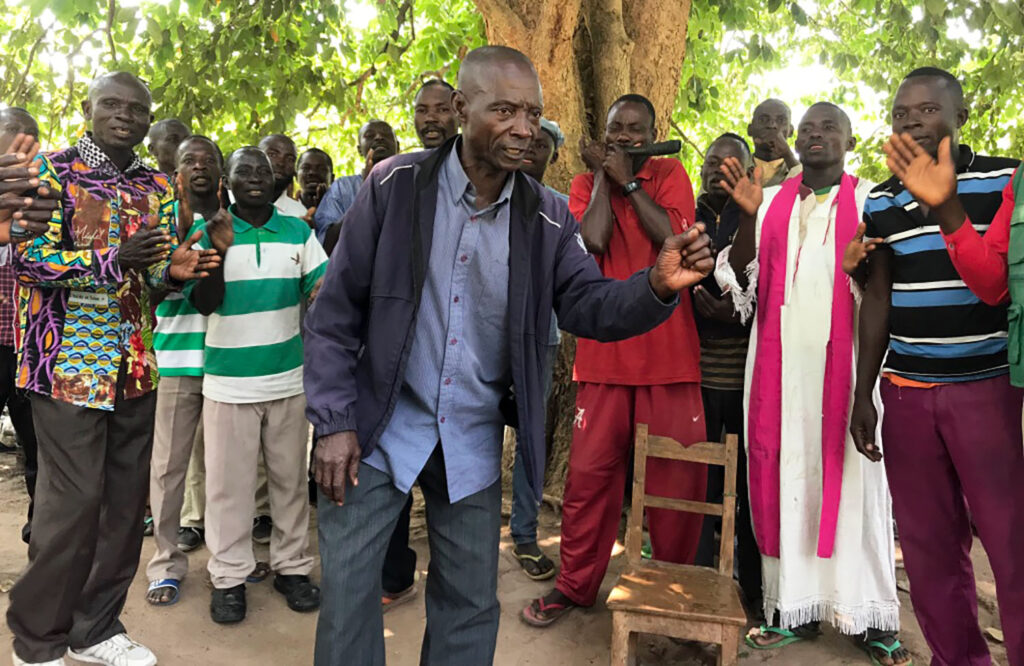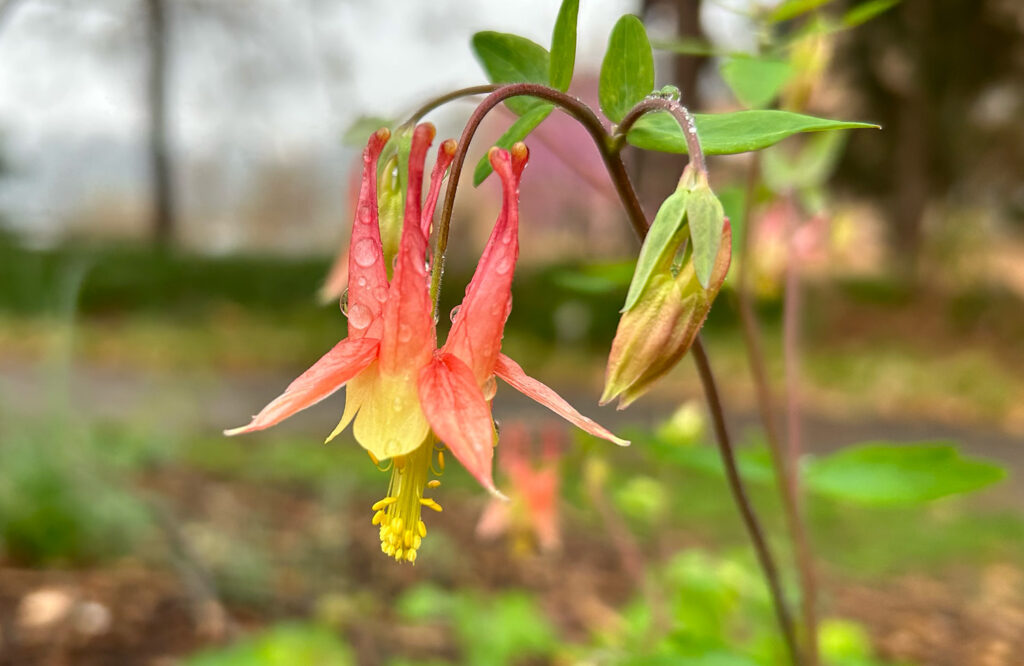UT is paving the way for a new humanities movement that will make life and lives better.
What can people learn from the arts and humanities today, in a world focused on the bottom line? Amy Elias has a list:
- To pay attention and analyze closely
- To use language to communicate effectively
- To form connection to histories and cultures within the global environment
- To apply ethics, logic, and reason to examine human values
“This is what the humanities have always taught and always invested in, and these are also the values and skills of the new economy,” says Elias, director of UT’s Humanities Center since 2017.
The humanities today offer the public new ways to engage with the past and the present, connecting humanities research with fields such as medicine, energy studies, environmental studies, and data studies and expanding the impact of arts, literature, and history into local communities.
“Connecting the humanities to local communities, libraries, art museums, regional nonprofits, and heritage organizations helps students to see the incredible impact of the humanities on public life,” Elias notes.
UT at the Forefront of a New Humanities Movement
Recently, UT made a transformational investment in the Humanities Center, committing more than $700,000 annually from the College of Arts and Sciences, the Office of the Provost, and the Office of Research, Innovation, and Economic Development in support of Elias’s new vision for making the center a self-sustaining nationally recognized hub for humanities research.
This new funding allows the center to align with emerging areas of interdisciplinary research, positioning faculty and students to meet the rising demand among top global businesses and government agencies for critical thinking skills and cultural awareness.
“The direction in which the humanities at the national level are moving is completely in sync with the land-grant mission of the University of Tennessee,” Elias notes. “We are bringing our expertise to new scholarly fields and public communities to help make people’s lives better.”
Large grant-funding agencies are increasingly recognizing the importance of humanities scholarship. For example, proposals submitted to the National Science Foundation, which funds approximately 25 percent of all federally supported basic research conducted by colleges and universities, now require dedicated plans for outreach, integrating research with education to engage underrepresented groups and geographic regions and to help prepare a globally engaged workforce—all functions of the humanities.
“That organizations like the NSF are recognizing this cultural need for their large grant applications is really encouraging,” says Elias. “I think there are wonderful possibilities there.”
Navigating the New Talent Market
Can an engineering student become a better engineer by reading literature, studying philosophy, or analyzing a work of art?
Elias says yes.
Humanities studies have always been designed to help students develop a sense of history and social responsibility as well as skills in communication, analytical reasoning, and applied knowledge. They can also help contextualize science in relation to human history and predict technological outcomes—for example, through literature such as science fiction.
In 2019, the Humanities Center hosted a conversation between Google Vice President Vinton Cerf and Michael Witmore, a literary scholar and director of the Folger Shakespeare Library. Cerf and Witmore discussed how much the humanities and computing sciences have to learn from each other.
“People studying science and technology also need to study literature, art, and history; otherwise they won’t be able to project the consequences of what they do,” Cerf noted at the time. “As one of the co-inventors of the internet, I certainly did not, 40 years ago, understand all of the implications of that technology.”
One recent effort to incorporate humanities studies into STEM fields was a team-taught UT special topics graduate course focusing on energy storage devices.
Funded by a US Department of Energy grant through the UT-Oak Ridge Innovation Institute’s Bredesen Center, the class, “Special Topics: Principles of Advanced Energy Storage and Conversion at the Intersection of Humanities, Data Science, and Engineering,” was co-taught in spring 2022 by Elias along with Suzie Allard, Chancellor’s Professor in UT’s School of Information Sciences, and Oak Ridge National Laboratory Distinguished Staff Scientist Jagjit Nanda.
Listen to Suzie Allard discuss the class in more detail, and listen to Amy Elias discuss the class as well as other topics with radio host Hallerin Hilton Hill.
Nanda focused on the basic construction of, and energy equations associated with, lithium batteries. Elias, whose research is in contemporary literature studies and centered in dialogics—which investigates how the arts teach and facilitate dialogue between diverse audiences in new ways enabled by our own historical moment—followed with topics on the cultural impacts of electricity and batteries. Allard finished the semester focusing on user experience and design.
“I consider this the best course I’ve ever taken at UT,” says Fred Lane Martin, a graduate student in energy science. “It was both an historical and factual review of battery technology starting with [Italian physicist Alessandro] Volta, and it did a great job of intermingling cost and societal impacts as they evolved in society.”
Elias says intersections such as these are the basis for new investments by the center in humanities energy and environment research.
The direction in which the humanities at the national level are moving is completely in sync with the land-grant mission of the University of Tennessee. We are bringing our expertise to new scholarly fields and public communities to help make people’s lives better.”
—Amy Elias
Defining the Digital Humanities
In addition to preparing STEM students for the new talent market, the Humanities Center is also preparing graduates for a workforce increasingly entangled with technology.
The field of digital humanities brings humanities fields together with computer coding to enable tasks such as text analysis and digital mapping. Its research addresses broad questions like: Can artificial intelligence create a great work of art? How can we digitally map an ancient archeological site? and Are internet searches ethical?
In collaboration with two other UT units—University Libraries and the Office of Research, Innovation, and Economic Development—the center has developed collaborative courses, a graduate certificate program, and a faculty fellowship, all focused on digital humanities research.
In 2021, Hilary Havens, associate professor of English, Amir Sadovnic, assistant professor of computer science, and Elias won a grant from the National Endowment for the Humanities to design humanistic computing courses to bring humanities and computer science students together to discuss design, media ethics, and digital justice.
Havens also chairs the Humanities Center’s graduate certificate in digital humanities, established in 2021.
“An increasing number of universities offer digital humanities graduate certificate programs; our program demonstrates UT’s research competitiveness and expertise,” says Havens. “It’s also helping graduate students gain interdisciplinary and technological expertise that will assist in academic and nonacademic job searches.”
The center is expanding opportunities in digital humanities for faculty as well. In partnership with the University Libraries Scholars’ Collaborative, Elias has developed a one-semester residential digital humanities faculty fellowship that releases a faculty member from teaching in order to complete an innovative project. Faculty fellows have pursued a wide variety of projects.
“Whether it is mapping, digital scholarly communication, data mining, or any of the other exciting digital methods that the fellows have explored, the librarians in the collaborative gain valuable expertise while providing support to fellows through every stage of their projects,” said Joshua Ortiz Baco, assistant professor and digital scholarship librarian of the Scholars’ Collaborative. “Fellows’ projects provide content and technical skills that are translated into instruction and workshops offered by librarians to the entire UT community. By providing resources, support, and expertise to faculty fellows, the libraries has become an essential partner in advancing digital humanities research.”
Beyond the Campus Borders
As Elias looks beyond UT’s campus, she sees a world of opportunities for the center that connect it to other fields and deepen its commitment to arts and humanities research in its own right.
“Grants agencies, public organizations, political entities, and even the sciences are today recognizing the impact of the humanities on public thought and public values,” says Elias. “But the real value of the arts and humanities will always be in their connections to the basic drives and aspirations of humankind—our cultures, our political systems, our institutions of faith.”
MORE TO EXPLORE
Originally published April 13, 2023






